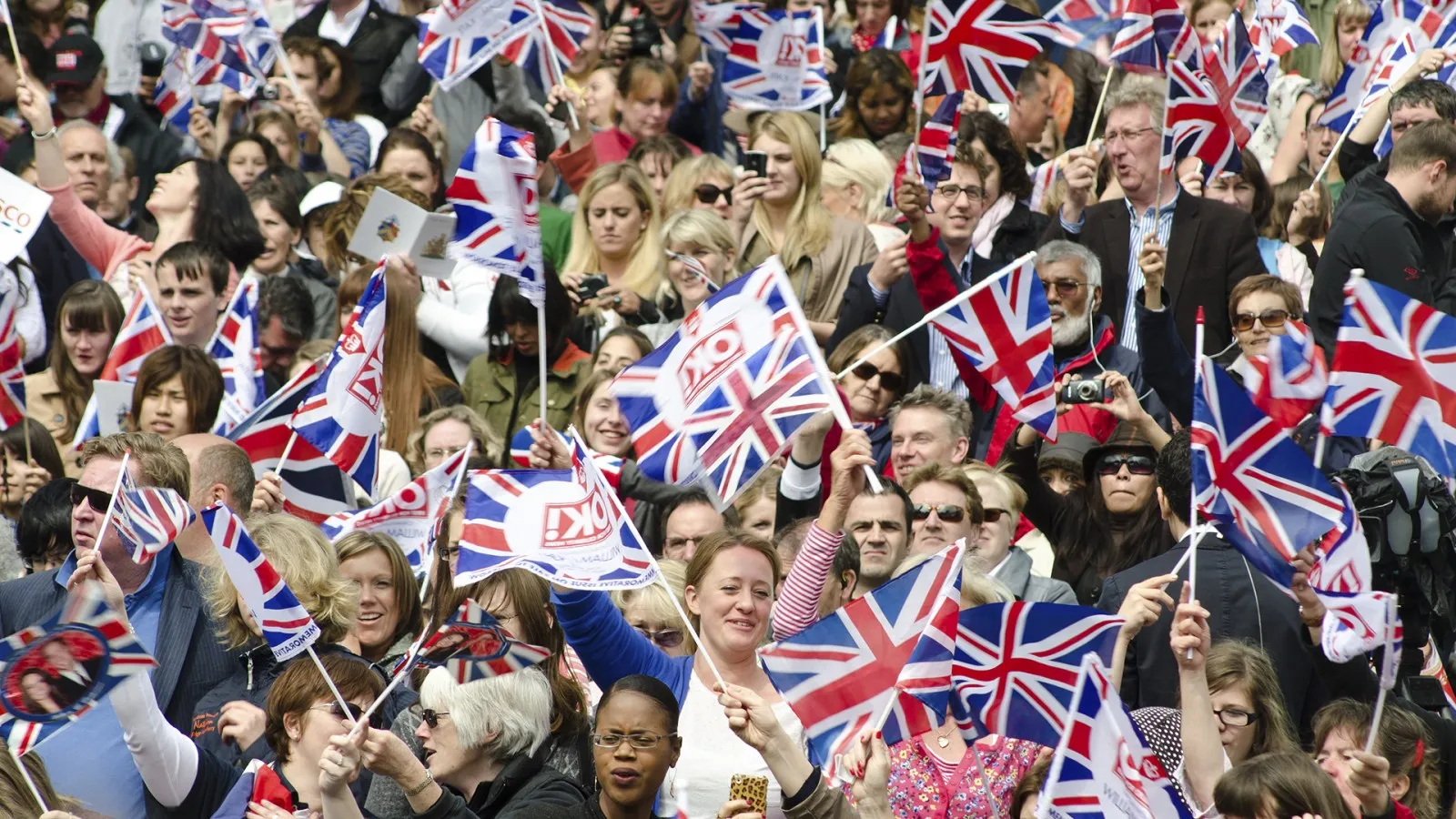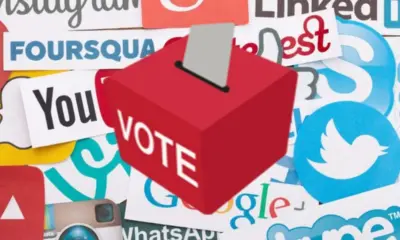Trending
TikTok Politics: How Social Media Is Shaping Britain’s Next Election

As the United Kingdom heads toward the 2025 general election, politics is increasingly being fought not just in Parliament or televised debates but on screens and feeds across the country. TikTok, Instagram, and other social media platforms have become the new political battlegrounds where parties, candidates, and influencers compete for attention, loyalty, and influence. The rise of short-form video and algorithm-driven engagement is transforming how voters—especially younger ones, consume political information. What once relied on speeches and door-to-door campaigning has evolved into viral clips, meme wars, and digital storytelling that can shift public perception in seconds.
The Rise of Digital Campaigning
For decades, British political campaigns were dominated by broadcast advertising, posters, and press coverage. Now, parties are investing heavily in digital-first strategies designed for platforms such as TikTok and YouTube. Campaign managers have recognized that the most influential space in politics today is not the newspaper front page but the social feed that reaches millions in real time.
The Labour and Conservative parties are both building specialized teams of social media strategists, content creators, and data analysts to tailor messages to specific audiences. Labour’s digital campaign has emphasized grassroots activism, encouraging supporters to create and share content highlighting economic and social issues. The Conservatives, meanwhile, have focused on polished, message-driven videos designed to project stability and leadership. Both strategies reflect the new reality that authenticity and relatability often outweigh traditional political polish.
TikTok has become particularly powerful due to its reach among younger voters. With millions of users under 30 spending hours each week scrolling through short videos, the platform has evolved into an informal public square. Political parties are using humor, quick explanations, and behind-the-scenes footage to humanize their candidates and simplify policy messages. Political memes, street interviews, and influencer collaborations are replacing traditional campaign rallies as a way to capture the attention of digitally native voters.
Influencers as Political Messengers
Perhaps the most striking development of this election cycle is the growing role of influencers in political communication. These creators, who command massive followings, are becoming vital intermediaries between political institutions and the public. Their posts, often conversational and unscripted, can introduce political topics to audiences that traditional campaigns struggle to reach.
Political strategists are now engaging influencers to discuss policy issues in a relatable way, from housing affordability to climate change. Some creators partner directly with parties, while others use their platforms independently to express political opinions. The line between activism and entertainment has blurred, and with it, the traditional understanding of political endorsement.
While this new form of campaigning democratizes access to political discourse, it also raises concerns about transparency and accountability. Regulators have warned that paid political content must clearly disclose sponsorships, and the Electoral Commission has introduced new guidelines for digital campaign spending. The rapid spread of misinformation is another pressing issue. Videos that distort statistics or misrepresent policy proposals can go viral faster than official corrections, forcing parties to adapt quickly to the volatile pace of social media dynamics.
Nevertheless, influencer-driven communication reflects a generational shift in how voters form opinions. Many young people trust online creators more than conventional politicians, viewing them as authentic and accessible. This trust gap is changing how campaigns are structured, prompting parties to emphasize storytelling and personality over ideology and party branding.
Online Engagement and the Battle for Attention
The fight for visibility has become the defining feature of modern politics. Algorithms that prioritize emotional and visually engaging content reward messages that provoke reactions, whether humor, outrage, or inspiration. As a result, political communication has become more immediate, more performative, and more visual.
Campaigns are experimenting with new formats such as duets, challenges, and reaction videos to reach audiences on platforms like TikTok. Candidates now appear in short clips responding directly to voter questions, participating in trends, and discussing policies in plain language. This direct engagement has made politics feel more accessible but also more fragmented. Different demographic groups often exist in separate “digital bubbles,” exposed only to content that aligns with their interests or beliefs.
To address this, political campaigns are using sophisticated data analytics to map audience behavior. Microtargeting allows them to deliver tailored messages based on age, location, and browsing patterns. While this approach increases efficiency, it also raises ethical questions about privacy and manipulation. Critics argue that hyper-targeted campaigns can distort democratic debate by creating multiple, inconsistent versions of political truth.
Despite these concerns, digital engagement has expanded political participation. Grassroots movements now organize almost entirely online, crowdfunding for campaigns and using hashtags to drive attention to specific causes. This decentralized form of activism gives ordinary citizens a voice, allowing them to influence public conversations once dominated by party elites.
The Future of Political Communication
Social media’s growing dominance in British politics is unlikely to fade after 2025. The tools, tactics, and trends emerging in this election are setting the stage for long-term transformation. Politicians who once relied on press briefings and televised addresses are now expected to master digital storytelling, while voters are demanding greater transparency and interaction from their leaders.
Experts predict that the next phase of political engagement will involve artificial intelligence tools that personalize campaign messages and even generate content automatically. Virtual reality events and interactive live streams could become standard components of future elections, further merging technology with democracy.
The challenge for Britain’s political system will be to ensure that innovation enhances, rather than undermines, civic trust. As technology continues to reshape the democratic landscape, transparency, media literacy, and accountability will be essential to maintaining a healthy public sphere.
Conclusion
TikTok and social media have become the defining platforms of Britain’s 2025 general election, reshaping how campaigns are run and how voters connect with politics. The rise of digital campaigning and influencer activism reflects a broader cultural transformation in which politics is no longer confined to institutions but lives in the everyday digital experiences of citizens.
Whether this new form of engagement strengthens democracy or deepens polarization will depend on how responsibly platforms, parties, and users navigate the power of online influence. One thing is certain, the future of British politics will be streamed, shared, and shaped one video at a time.














